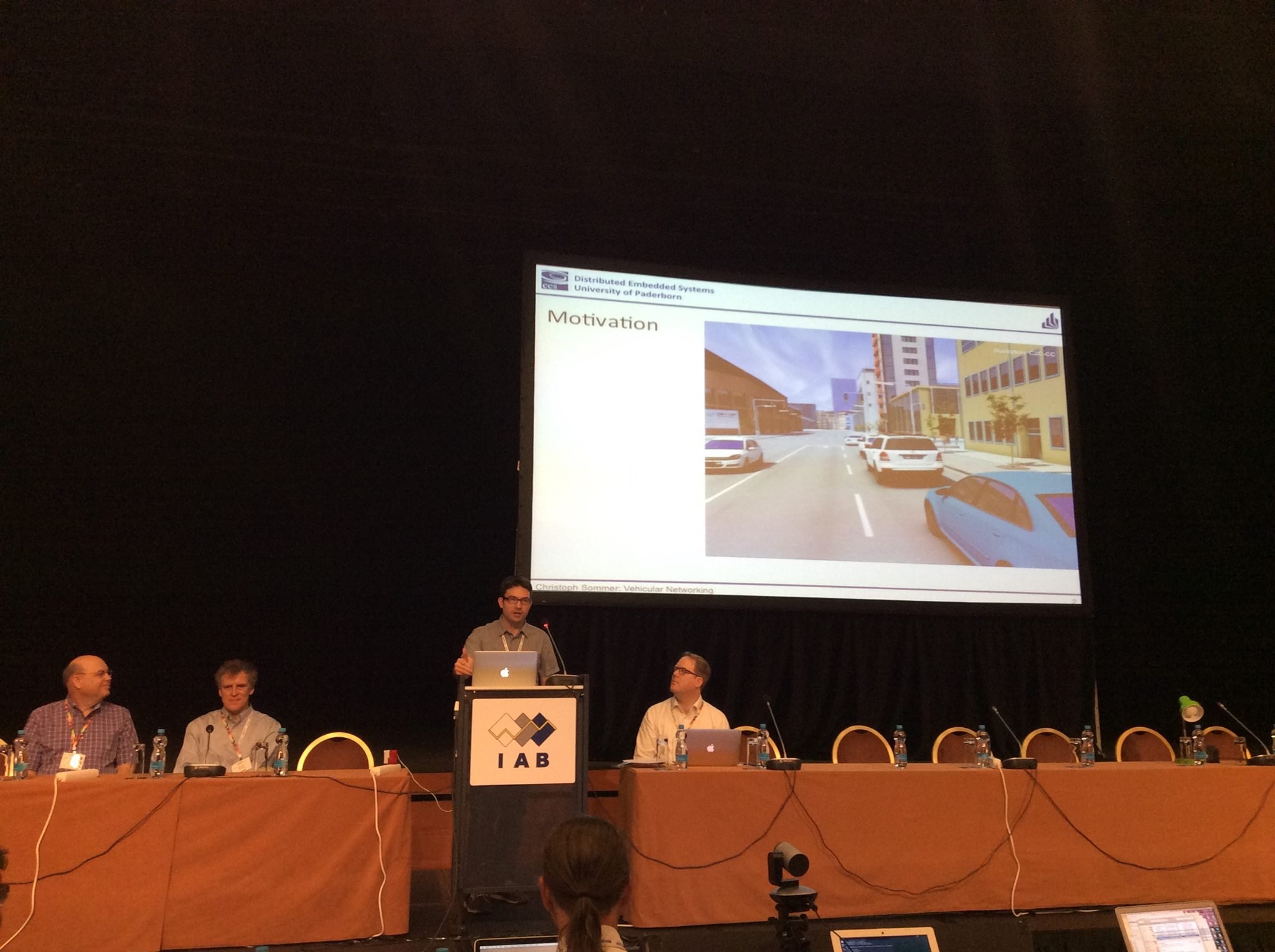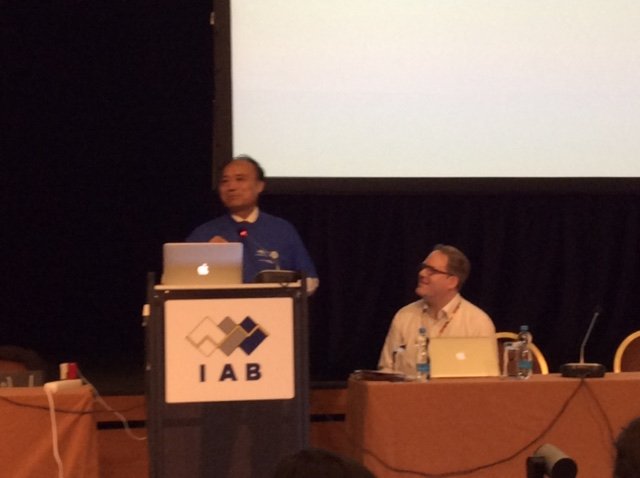Filter by topic and date
IETF-93 Summary
- Jari Arkko IETF Chair
21 Aug 2015
Our meeting in Prague ended last Friday, and I wanted to thank everyone who participated! I hope you all have had an opportunity to return to home and rest after the trip.
This article is my summary of the highlights of the meeting.
We had a record meeting in terms of having people from 65 countries on site, and many more remotely. There were 1384 people on site, which is a very, very good number for us. Our European meetings with good connections are always popular, and I think we are growing, given various interesting projects that are underway. Particularly when one considers that many attendees were remote. For instance, twelve people in Dominican Republic attended the meeting at a hub. More on this in an upcoming article.
Perhaps the most striking thing for me at the meeting was the amount of coding being done. In the weekend before, we had organised the IETF Hackathon, and so many people showed up that we could barely fit them in the room. We also had a ETSI Plugtest to test 6TISCH protocol implementations, the Code Sprintto work on tools for the IETF, and the CrypTech meeting to hack on open-source hardware designs. My estimate is that over 150 people participated altogether, with many first-timers to the IETF, as well as people from major open source efforts such as OpenDaylight, OPNFV or RIOT. Very good result! We are looking forward to doing even more in the coming meetings, so when you book tickets to Yokohama, make sure to leave some space for doing some programming the weekend before the meeting (Oct 31-Nov 1)!
For more background on the IETF Hackathon, see the video below with Charles Eckel explaining why it is being run.
The IETF is looking for more sponsors for the hackathon events in 2016 and beyond. This video helps explain why companies find it interesting; contact me (chair at ietf.org) or Drew Dvorshak at ISOC (lastname at isoc.org) if you are interested!
The IAB technical plenary talked about vehicular networking, with Christoph Sommer and William Whyte explaining how networking in vehicles is developing and what security challenges that brings. See the video here. I found this topic personally interesting, as I have been working on some related prototyping recently. I find particularly fascinating to see how the area develops in the future. I can see both local applications that run between vehicles, as well as Internet-based applications that communicate with Internet-based servers or connect vehicles through it.

Our plenaries were in the morning this time, as an experiment. The IESG announced that for our next meeting we plan to go ahead with one combined, shorter plenary as another experiment. The rest of our meeting time in Prague was packed with working group meetings, with time devoted to our regular topics such as real-time communications, security & privacy, or the Internet of Things.
This was the first meeting of the new NETVC working group that works on video codecs for Internet applications. Those codecs are the basis of browsers and other applications being able to exchange video streams in an efficient and interoperable manner. Our work on security and privacy continued, essentially touching all working groups at least to some extent. The dedicated security-focused working groups include, for instance, DPRIVE, that works on privacy for DNS queries; some of the designs from that working group were tested in the Hackathon. And the results of the 6TISCH and ROLL working groups were tested in the ETSI event.
The Bits-n-Bites event was very active this time. I spent some time trying to understand how I could install and test one of the open source projects that participated. This is the sort of thing that is exceptional at Bits-n-Bites: you can talk directly to the leaders and programmers of efforts, and get first-hand knowledge.
We also had occasion to observe ways in which the IETF meeting is intentionally different than a traditional industry conference. Where “promotional models” are still common at some trade shows, they were not received as a constructive addition to the technical Bits-n-Bites session. The IETF failed to be clear enough that this wasn’t appropriate. I have asked the IAOC to develop policies and practices to ensure that future meetings have clear guidelines to communicate expectations to sponsors and exhibitors.
On Thursday lunch talk series, Dave Meyer talked about the surprising combination of machine learning and networking. See the video here.

We also had a visit from ITU Secretary General, Houlin Zhao at the technical plenary. He even put on the IETF t-shirt from his previous visit, and we gave him a Hackathon t-shirt from this IETF. Looking forward to the code-focus also at ITU (!) and the collaborative spirit that Zhou clearly represents.

One of the IETF Prague side-events (outside the official meeting and organized by a group of individuals) was a screening of the movie CITIZENFOUR, followed by a surprise Q&A with Edward Snowden. It was an interesting discussion; for background of the screening read Mark Nottingham’s article or watch the video from the Q&A from Benson Schliesser below:
Our local sponsor, CZ.NIC, gave us a warm Czech welcome at our social event at the Žofín Palace. The event ended with fireworks:

Finally, I would like to thank all the participants, our host CZ.NIC and Brocade, and all the other sponsors for your help in making IETF-93 work so well. I think this has been one of our best meetings. Much to learn of course, as well. Most of the work at the IETF happens on the lists and virtual meetings, so for now it is time to go back to those. Our next real-life meeting is in Yokohama. Interestingly, OpenStack and W3C are also meeting there around the same time frame, so I’m looking for even more possibilities for joint work.
Thank you.
Photo credits Jari Arkko, Adam Roach, and (c) Stonehouse Photographic / Internet Society. The videos credits go to Benson Schliesser and (c) Stonehouse Photographic / Internet Society. All IETF videos can be found at http://www.ietf.org/live/.